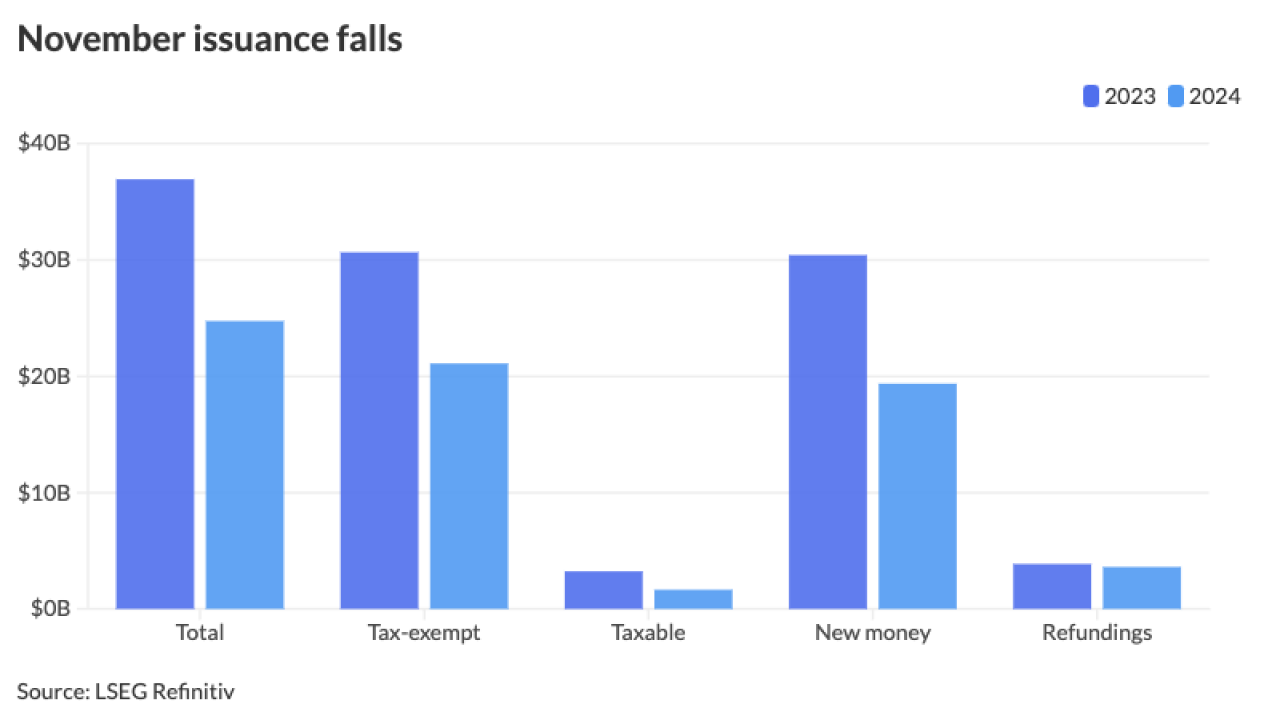A new study of public employee pension plans finds that many state and local governments are converting to hybrid pension plans despite the limited short-term savings.
Traditional defined benefit plans continue to dominate as the most common public employee pension.

“I think really it comes down to the specifics of the plans,” said Dan Doonan, executive director of the National Institute on Retirement Security.
Doonan co-authored the study with Elizabeth Wiley, public pension coordinator for the human resources consulting firm Cheiron Inc.
There are both DB and hybrid plans that provide automatic cost-of-living benefit increases, or COLAs, while others don’t.
The study comes as the many states have made changes in the retirement plans since the Great Recession.
While traditional defined benefit plans remain the prevailing model, the National Association of State Retirement Administrators reports that hybrid plans are growing in use. At least 19 states have them.
“The diversity in public sector plan design reflects the fact that a one-size-fits-all solution often does not meet key retirement plan objectives,” according to NASRA.
There is no single recognized definition of what constitutes a hybrid pension plan.
NASRA only recognizes three types of plans — defined benefit, defined contribution and hybrid. Among hybrids, NASRA recognizes either cash balance plans or combination plans that are part defined benefit and part defined contribution.
The National Institute on Retirement Security takes more liberty with the definition of hybrid to include most plans with a risk-sharing adjustment.
A lot of proposals in recent years on both the defined benefit and hybrid side also have reduced benefits in addition to requiring risk sharing by employees. But the reduction of benefits isn’t what makes a plan a hybrid.
According to the U.S. Census Bureau, there are roughly 6,000 public sector retirement systems in the U.S. with $4.5 trillion of assets that distribute $323 billion of benefits annually.
Some of the 299 state-administered plans and 5,977 locally administered plans date back to the 19th century. Each has evolved independently.
“A hybrid is not one particular plan design, but instead is an umbrella term capturing a wide range of different plan designs,” according to the NIRS report.
“Some hybrids are defined benefit (DB) pensions with risk-sharing provisions, while others blend attributes of DB and defined contribution (DC) plans,” the NIRS report said. “There is a wide range of hybrid plan designs, each offering tradeoffs in terms of retirement benefits, risks, and costs.”
The oldest type of public pension hybrid plan is a cash-balance plan, with the first established in 1947 as the Texas Municipal Retirement System.
The Texas Municipal Retirement System administers retirement programs for 888 cities in Texas. It “provides a range of plan options that each city can choose from as a sort of menu,” the report said.
“The annual accruals are based on employee deposit rates, which are either 5%, 6% or 7% of compensation based on the employer’s election, as well as matching employer contribution at a rate of 1:1, 1.5:1, or 2:1, again based on the employer’s election.”
The accruals are credited with interest at a minimum rate of 5% annually.
The second oldest hybrid plan is in Indiana.
In fact, through 1995, Texas and Indiana remained the only two hybrid plans in the nation, according to NASRA.
The growth in hybrid pension plans has largely occurred since the end of the Great Recession.
“In some cases these plans have been introduced to reduce costs, but the more typical objective for bringing in a hybrid plan has more to do with managing risk as it does with managing near-term costs,” said Keith Brainard, research director National Association of State Retirement Administrators.
In most cases these new plans apply only to new hires, which means there are minimal near-term savings.
A local government that starts a new retirement tier should not expect its unfunded liability to go away. No matter how a plan is structured, sound funding practices remain very important.
Doonan said the new study is meant to illustrate the wide variations in how hybrid components are used. In some retirement systems a base salary will continue to be covered by a traditional defined benefit plan while earnings above that amount might go into a hybrid plan.
Other systems make the hybrid plan entirely optional while still others split their retirement contributions into both a traditional plan and a defined contribution plan.
Despite all the new variations, the bottom line hasn’t changed.
“Defined benefit is more economically efficient by a wide margin,” Doonan said.
DB plans continue to be more efficient because of the risk pooling. The same investments can continue over a long period of time because those assets are managed for both retirees and current workers.
Under a defined contribution plan, a retiree might manage his or her investments more conservatively because of the need to deal with issues such as longevity.
In terms of estimating how many hybrid plans exist in the public employee sector, Doonan said the public plan universe is very large and hard to analyze.
Even among the larger plans that are part of the public plan database, it’s still very hard to categorize, Doonan said
Pennsylvania, for instance, has risk sharing for contributions and a side-by-side hybrid, but only for employees in the new tier.





